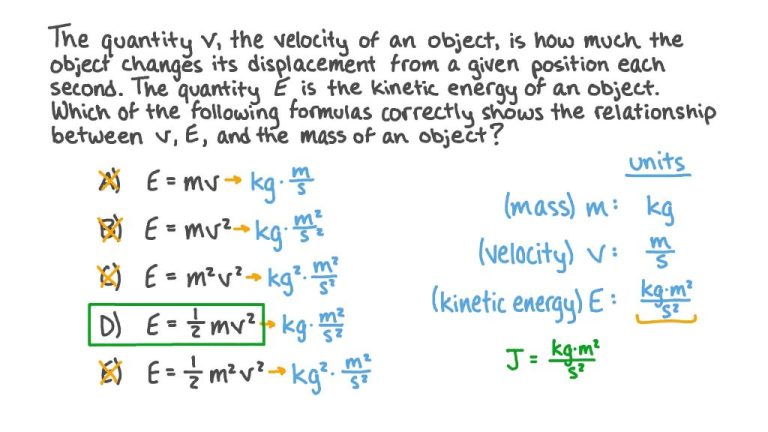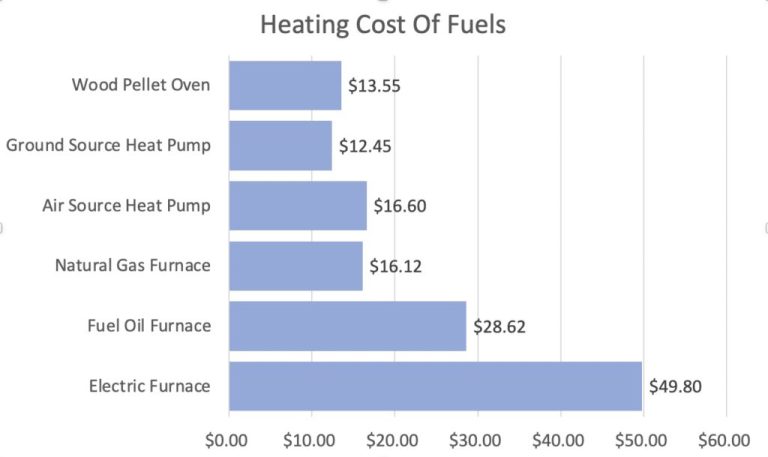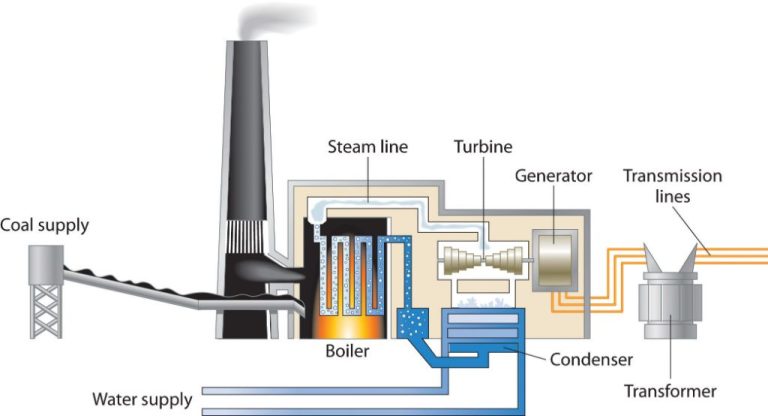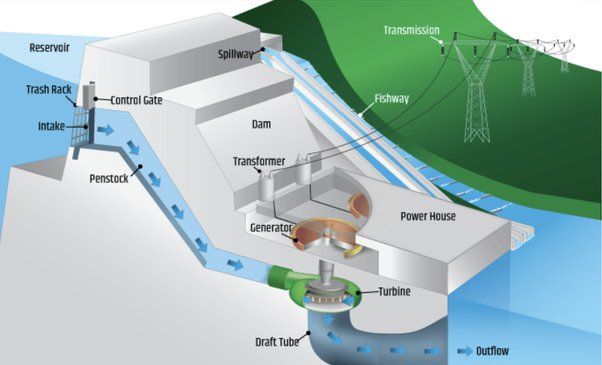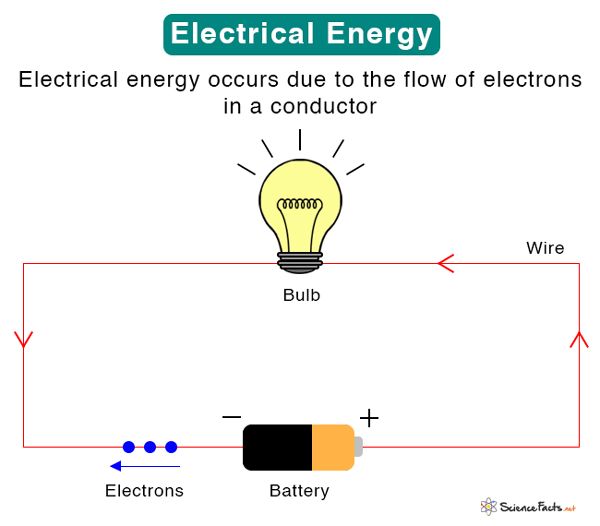What Is The Energy Of Electricity In Physics?
Electricity is the flow of electrons through a conductor like a wire. Energy is the ability to do work or cause change. The key relationship between electricity and energy is that electricity can be used to transfer energy from one place to another. Electricity contains potential energy when charges build up in a battery or generator. This potential energy gets converted to kinetic energy as the charges flow through wires. The moving charges can then be used to power devices and do work like lighting a lightbulb, running a motor, or heating up a stove. So in summary, electricity is a carrier of energy, able to move it from power plants and batteries to homes and devices.
Electric Potential Energy
Electric potential energy is the potential energy stored in an electric field. It is the energy stored in a charged particle due to its location within an electric field. The amount of electric potential energy stored in a charged object depends on two factors – the electric charge on the object, and the strength of the electric field at its location.
Electric potential energy is directly proportional to the electric charge on the object. Doubling the charge on an object will double its electric potential energy if held at the same location. Electric potential energy is also directly proportional to the strength of the electric field. If the electric field strength is doubled at a location, any charged object at that spot will have twice the electric potential energy.
Electric potential energy is closely related to electric potential or voltage. Voltage is a measure of the amount of potential energy per unit charge stored in an electric field. Hence voltage represents the electric potential energy per unit charge. When a charged particle moves through an electric field from a high voltage region to a low voltage region, it loses electric potential energy. This lost energy gets transferred into other forms like kinetic energy or light.
Electric Current and Power
Electric current is defined as the rate at which electric charge flows past a point in a circuit. It is measured in amperes (A). The current depends on the voltage applied and the resistance of the circuit according to Ohm’s law:
I = V/R
Where:
- I is the current in amps
- V is the voltage in volts
- R is the resistance in ohms
The power dissipated in an electrical circuit is related to both the current and the voltage. Power is defined as the rate at which energy is transferred or work is done. The unit of power is the watt (W). The relationship between power, current and voltage is given by:
P = IV
Where:
- P is power in watts
- I is current in amps
- V is voltage in volts
This shows that power increases linearly with increasing voltage or current. Maximum power transfer occurs when the resistance matches the source resistance, according to the maximum power transfer theorem.
Resistors and Heat Energy
When an electric current flows through a resistor, some of the electrical energy is converted into heat energy. This happens because the electric charges in the current collide with the atoms of the resistor material, generating thermal motion and heating up the resistor.
The relationship between current, resistance and heat was first studied systematically by English physicist James Prescott Joule in the 1840s. He discovered that the heat generated in a resistor is proportional to the product of the resistance and the square of the current. This relation is known as Joule’s first law and can be expressed mathematically as:
Q = I2Rt
Where Q is the heat generated (in joules), I is the current (in amperes), R is the resistance (in ohms), and t is the time (in seconds). This shows that the amount of heat dissipated is directly proportional to the power of the current and the resistance.
For example, doubling the current through a given resistor will increase the power dissipation and heat output by a factor of four. Electrical power supplies often use resistors to limit current, but the resistor also serves to convert the excess electrical energy into heat which must be dissipated to avoid overheating.
Inductors and Magnetic Energy
Inductors are electrical components that store energy in magnetic fields. An inductor is made of a coil of wire around a core material. When current flows through the coil, a magnetic field is created around the inductor. The strength of the magnetic field depends on the amount of current flowing through the coil. The magnetic field induces a voltage in the coil called the back EMF (electromotive force) that opposes the change in current through the inductor. This is what gives inductors the ability to store energy.
An inductor’s ability to store energy in its magnetic field is measured by its inductance. Inductance (L) depends on the physical characteristics of the inductor such as the number of coils, size of the coils, and the core material. The greater the inductance, the more energy an inductor can store. The energy (E) stored in an inductor’s magnetic field is proportional to the inductance and the square of the current (I) flowing through the inductor. This relationship is described by:
E = (1/2)LI2
When the current through an inductor changes, the changing magnetic field induces a voltage that resists the change in current. This is known as inductive reactance and depends on the frequency of the alternating current. At higher frequencies, an inductor has higher reactance and stores more energy in its magnetic field. The ability to store energy allows inductors to act as filters and energy storage elements in electronic circuits.
In summary, inductors are able to store energy in their magnetic fields due to inductance. This gives inductors unique properties that allow them to filter signals and store energy in electronic circuits.
Capacitors and Electric Field Energy
Capacitors are electrical components that store energy by separating electric charges. When a capacitor is connected to a power source such as a battery, electric charges of equal magnitude but opposite polarity build up on each of its two plates. One plate gains a positive charge and the other a negative charge. This separation of charge creates an electric field between the two plates. The strength of the electric field depends on the amount of charge stored, which is determined by the capacitance of the capacitor and the voltage applied.
Capacitance describes how much electric charge can be stored for a given electric potential or voltage applied. It is measured in farads. A higher capacitance allows more charge to be stored. Capacitors often store charge and energy in the electric field to stabilize voltage in electronic circuits. The stored energy can be calculated from the capacitance and the voltage using the equation E=0.5*C*V^2, where E is energy in joules, C is capacitance in farads, and V is voltage in volts.
Capacitors have many uses in electronics. They filter and stabilize power supplies, assist in tuning circuits, store energy for high-speed cameras, and can provide backup power for RAM in computers. Their ability to store energy in electric fields makes capacitors a key energy storage component in many electronic systems.
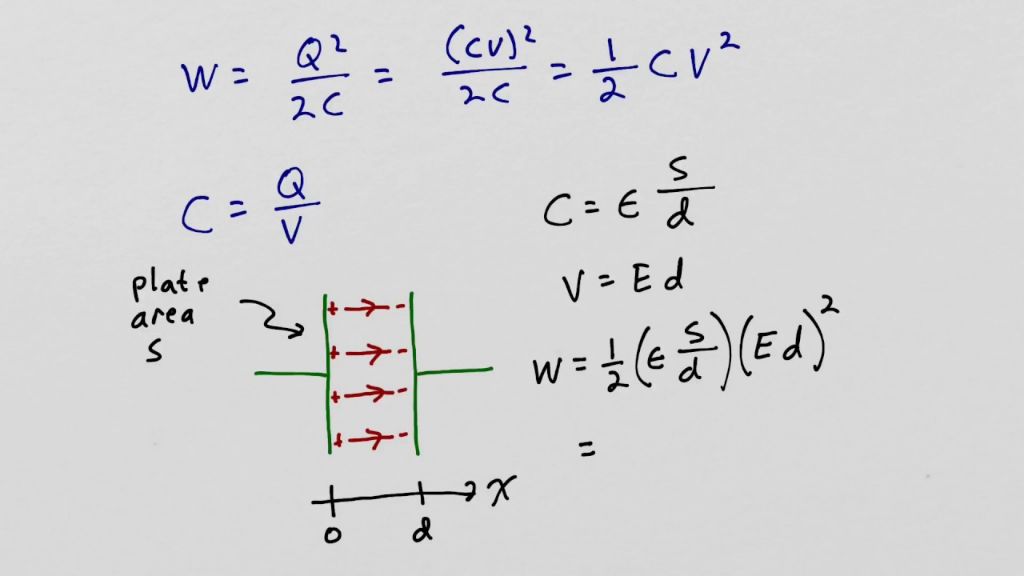
Electric Motors
Electric motors are devices that convert electrical energy into mechanical energy or kinetic energy. Inside an electric motor, there are coils of wire that form electromagnets. When electric current flows through the coils, it generates a magnetic field. The coils are arranged on a rotor so that their magnetic fields interact with the magnetic fields of permanent magnets on the motor’s stator. This interaction creates a force that rotates the rotor.
As the rotor spins, its rotational kinetic energy can be used to do work, such as turning the wheels of an electric vehicle. The faster the rotor spins, the greater its kinetic energy. The amount of kinetic energy depends on the moment of inertia of the rotor and its angular velocity.
To keep the rotor spinning, the motor continually switches the current in the coils to reverse the magnetic fields. This keeps the rotor’s magnetic field interacting with the stator’s magnetic field so that a continual torque is applied. In this way, the electric motor converts the electric current from the power source into continuous rotational kinetic energy.
Generators
Generators convert kinetic energy, the energy of motion, into electrical energy. The process works through electromagnetic induction. Generators contain wire coils and magnets that rotate past each other. As the magnets spin near the coils, the magnetic field induces a flow of electrons in the wire, generating an electrical current.
In most generators, an engine or turbine provides the mechanical power to turn the coils through the magnetic field. For example, a wind turbine has propeller-like blades that spin as the wind blows past them. The rotational kinetic energy from the spinning turbine is converted into electricity by the generator. Similarly, steam turbines in power plants are powered by high pressure steam to turn the turbine, which then spins the coils of the electrical generator.
Generators are based on Faraday’s law of electromagnetic induction. The changing magnetic field around the rotating coils induces a voltage, which pushes electrons through the wire. Larger generators are able to produce more electricity because they have stronger magnetic fields and more wire coils rotating through them. The electricity generated can be used immediately or distributed through power lines.
In summary, generators allow us to produce usable electrical energy from various sources of mechanical rotation, like wind, steam, or hydro turbines. They provide a key means of harnessing kinetic energy and converting it into electricity on a large scale.
Transmission Losses
When electricity is transmitted over long distances, some energy is lost in the form of heat due to the resistance of the transmission lines. The amount of energy loss depends on the resistance and length of the transmission lines. Since resistance generates heat, the warmer the lines get, the more conductive they become, which decreases the resistance and energy loss. However, there are still significant losses during transmission, especially over very long distances.
Upgrading to higher voltage transmission lines can help reduce losses, as less current is required to transmit the same amount of power. Superconducting transmission lines can eliminate resistance entirely, but they require cryogenic cooling systems which are not always practical. Despite advances in materials and technology, all transmission lines have some inherent resistance that turns some of the transmitted energy into heat. Careful design is required to find the optimal balance between conductor sizes, transmission voltages, and acceptable losses based on distances and costs.
Conclusion
Electricity and energy have a close relationship in physics. When electric charges flow through a conductor, they produce electric current and power. This electric power can be converted into other forms of energy like heat, light, motion, and magnetism. Devices like resistors, inductors, and capacitors store electrical energy temporarily in the form of heat, magnetic fields, and electric fields respectively. Generators convert mechanical energy into electrical energy, while electric motors convert electrical energy into mechanical energy. Overall, electricity provides a convenient way to transport energy from one place to another and convert between different forms of energy. By understanding the interactions between electricity and energy, physicists have harnessed electrical energy to power the modern world.

